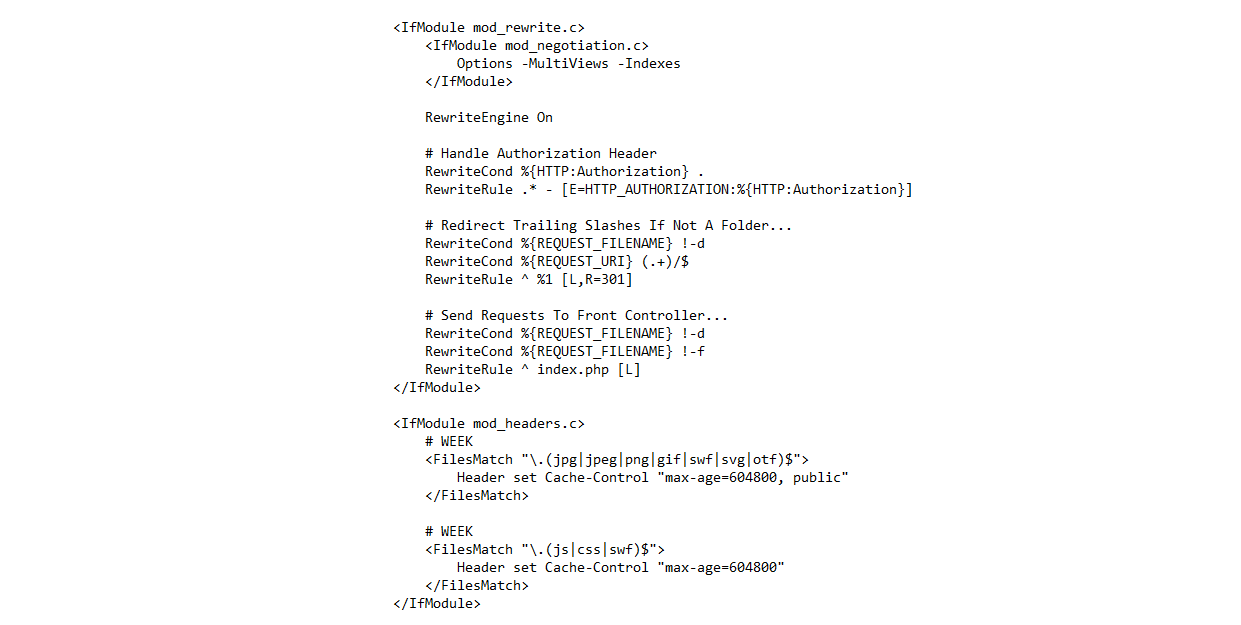Python Slicing Strings: Extract Substrings with Code Examples

Introduction:
String slicing is a powerful technique in Python that allows you to extract substrings from a larger string. Understanding how to slice strings is essential for manipulating and working with text data. In this blog post, we will dive into the world of string slicing in Python, providing code examples that feature the name "opencodesolution" to illustrate its usage.
Basic String Slicing
You can use slicing notation to extract a portion of a string by specifying the start and end indices.
# Slicing a string
name = "opencodesolution"
# Extracting the first 5 characters
substring = name[0:5]
print(substring) # Output: "openc"
# Extracting the last 6 characters
substring = name[-6:]
print(substring) # Output: "lution"
Step Value in Slicing
You can define a step value to skip characters during the slicing process.
# Slicing with step value
name = "opencodesolution"
# Extracting alternate characters
substring = name[::2]
print(substring) # Output: "oneouoi"
# Reversing a string
substring = name[::-1]
print(substring) # Output: "noitulosedocnepo"
Slicing with Index Out of Range
Python handles slicing gracefully even if the indices exceed the length of the string.
# Slicing with index out of range
name = "opencodesolution"
# Slicing beyond the string length
substring = name[10:20]
print(substring) # Output: "solution"
# Slicing with negative indices
substring = name[-20:-10]
print(substring) # Output: "opencode"
Using String Slicing in Practical Examples
String slicing is widely used in various scenarios, such as extracting specific portions of text or manipulating filenames.
# Practical examples
filename = "image001.jpg"
# Extracting the file extension
extension = filename[-3:]
print(extension) # Output: "jpg"
# Extracting the file number
number = filename[5:8]
print(number) # Output: "001"
Conclusion:
String slicing in Python provides a flexible and efficient way to extract substrings from larger strings. In this blog post, we explored basic string slicing, slicing with step values, handling indices out of range, and practical examples. By mastering string slicing techniques with code examples featuring the name "opencodesolution," you'll be equipped to manipulate and extract specific portions of text effectively in your Python programs.
Feel free to customize the content and formatting to align with your website's style and design.
Categories : Python
Tags : python string slicing substring extraction in python string manipulation techniques python text data manipulation slicing notation examples python string slicing code practical string slicing in python extracting substrings in python text data manipulation in python python programming techniques

Abhay Dudhatra
0 Comments
Related Articles
How to create a simple Flask API for hello world?
 By Praful Sangani -
July 25,2022
By Praful Sangani -
July 25,2022
How to Convert Images To PDF using Python
 By Praful Sangani -
July 29,2022
By Praful Sangani -
July 29,2022
How to create QR Code using Python
 By Praful Sangani -
July 29,2022
By Praful Sangani -
July 29,2022
Categories
Laravel
48React
17CSS
4jQuery
3PHP
19JavaScript
53HTML
4Python
30Node.js
2Git
8Bootstrap
15MySQL
7WordPress
27Popular Articles

WordPress Add Posts #16
August 04,2022
GZIP and Browser Cache a website wi...
July 21,2022
Destructuring and Spreading
August 13,2022
Import Export CSV And Excel File in...
July 22,2022
Laravel 8 Custom User Login and Reg...
July 19,2022Featured Articles

Laravel 9 Custom Login and Registra...
May 11,2023
SQL Basics: A Beginner's Guide to S...
May 05,2023
Generating PDF Files in Laravel Usi...
April 26,2023
Laravel Image Intervention: A Guide...
April 26,2023
How to Generate BarCode in Laravel?
April 26,2023
Implementing Payment Gateway in Lar...
March 26,2023
Laravel 8 Model Observers Example T...
March 10,2023
How to use Forelse loop in Laravel...
August 08,2022
What Is Wordpress #1
August 04,2022
Bootstrap Alerts
August 03,2022
Essential JS for PHP
August 03,2022
PHP Sparkline
August 03,2022
Groups in React Textbox
August 03,2022
JavaScript exercise-examples for Be...
August 03,2022
Create Social Login In Laravel With...
August 01,2022
Using Laravel Model Factories
July 30,2022
How to Include Bootstrap 5 in our w...
July 28,2022
What Is Data Structures ?
July 28,2022
How to Validate Your Laravel App's...
July 27,2022
TOP 10 PROGRAMMING LANGUAGES USED B...
July 27,2022
Create Select Options from Enums, L...
July 27,2022
Fast Paginate for Laravel 9
July 27,2022
Add Useful Info to the Laravel Abou...
July 27,2022
Learn Most Common Git Commands
July 26,2022
React Hooks: Array Destructuring Fu...
July 25,2022
Laravel 8 CRUD operation
July 23,2022
How to Generate QR Code in Laravel...
July 21,2022
Access specifier in php
July 20,2022




